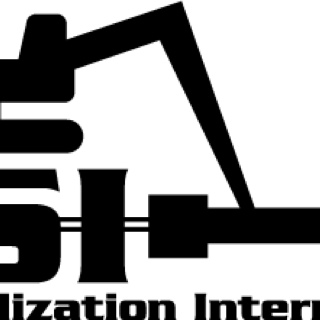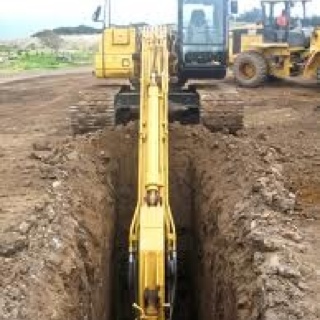Information
-
Document No.
-
Audit Title
-
Client / Site
-
Conducted on
-
Prepared by
-
Location
-
Personnel
Inspection Certification
-
Select date
-
Add location
-
Subcontractor
-
Project Manager
-
Superintendent
-
Conducting Checklist:
-
Add signature
-
Excavation Permit Available?
-
Excavation Permit Number:
Inspection Purpose
-
Daily required inspection prior to begining
-
Routine inspection during work
-
After storm *rain, snow, etc
-
After hazardous condition
-
Other
-
Please Describe
Current Conditions
-
Terrain
-
Weather
-
Water accumulation
-
Traffic conditions
-
Heavy equipment location
-
Heavy materials location
-
Spoils location
-
Building proximity to spoils
-
Possible vibration sources
-
Previously disturbed soil
-
Trench width
-
Trench depth
-
Other trench characteristics
-
Access/egress conditions
-
Toxic or hazardous atmosphere source
-
Other
-
Changing Conditions/change of plan:
Site Survey
-
The excavation is within the original scope of the excavation permit
-
Excavation permit conditions for disposal, shielding, & training are being adhered to
-
Utility survey markings are complete, accurate, & legible
-
Storm drains are adequately protected from sediment
-
Excavated materials are at least 2' from the edge of excavation
-
Shoring equipment is damaged<br>(If yes please describe below)
-
Nature of damage:
Protective Systems
-
Check one of the following
-
Slope is 1.5:1
-
Slope is __________ based on soil type (Please fill in below)
-
Degree of slope:
Soils Analysis/Classification
-
Note: soil does not need to be reclassified every inspection but should be reviewed & updated if conditions change
-
SOIL CLASSIFICATION AND IDENTIFICATION The OSHA Standards define soil classifications within the Simplified Soil Classification Systems, which consist of four categories: Stable Rock, Type A, Type B, and Type C. Stability is greatest in Stable Rock and decreases through Type A and B to Type C, which is the least stable. Appendix A of the Standard provides soil mechanics terms and types of field tests used to determine soil classifications. 1.Stable Rock • Natural solid mineral matter that can be excavated with vertical sides and remain intact while exposed. 2. Type A Soil • Cohesive soils with an unconfined compressive strength of 1.5 tons per square foot (TSF) or greater. • Cemented soils like caliche and hardpan are considered Type A. Soil is NOT Type A if: • It is fissured. • The soil is subject to vibration from heavy traffic, pile driving or similar effects. • The soil has been previously disturbed. • The material is subject to other factors that would require it to be classified as a less stable material. • The exclusions for Type A most generally eliminate it from most construction situations. 3. Type B Soil • Cohesive soil with an unconfined compressive strength greater than .5 TSF, but less than 1.5 TSF. • Granular cohesionless soil including angular gravel, silt, silt loam, and sandy loam. • The soil has been previously disturbed except that soil classified as Type C soil. • Soil that meets the unconfined compressive strength requirements of Type A soil, but is fissured or subject to vibration. • Dry rock that is unstable. 4.Type C Soil • Cohesive soil with an unconfined compressive strength of .5 TSF or less. • Granular soils including gravel, sand and loamy sand. • Submerged soil or soil from which water is freely seeping. • Submerged rock that is not stable.
Soils Analysis Method(s)
-
Visual
-
Manual
Soil Characteristics (check all that apply)
-
Cemented
-
Layered
-
Cohesive
-
Moist
-
Dry
-
Saturated
-
Granular
-
Submerged
Soil Classification (check all that apply)
-
Type A
-
Type B
-
Type C
-
Stable Rock









